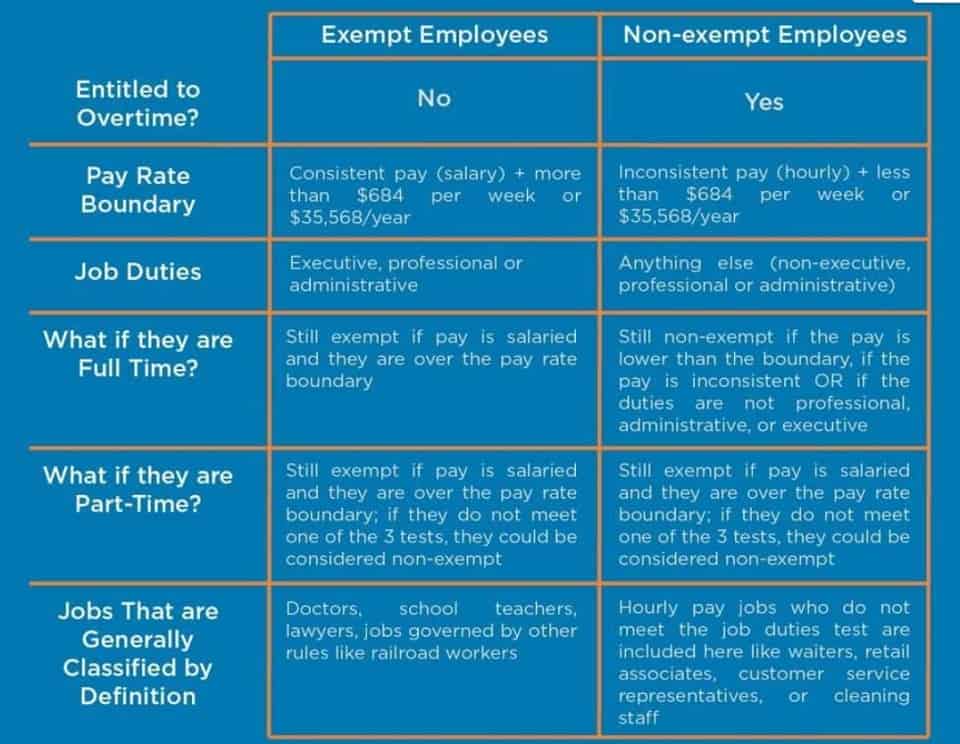Temporary Accounts Definition and Explanation

Temporary accounts are short-term accounts that start each accounting period with zero balance and close at the end to maintain a record of accounting activity during that period. They include the income statements, expense accounts, and income summary accounts. All temporary accounts must be reset to zero at the end of the accounting period.
For instance, a debit entry of $50,000 should be made in the revenue account if the total income recorded is $50,000. A corresponding credit of $50,000 is then made in the income summary account to keep the entries in balance. Types of temporary accounts may include revenue accounts, expenses accounts, and income summaries. Permanent accounts are accounts that show the long-standing financial position of a company. These accounts carry forward their balances throughout multiple accounting periods. The accounts with continued balances across time are known as permanent accounts.
Create a free account to unlock this Template
From 1 January 2023 to 31 March 2023, CCC recorded sales of $40,000 in the revenue account, $20,000 in the cost of goods sold account and $5,000 in the administrative expense account. For the year ended 31 December 2022, CCC recorded sales of $120,000 in the revenue account, $60,000 in the cost of goods sold account and $20,000 in the administrative expense account. Making an entry in temporary accounts can be done both manually or through automated programs. Let’s say you have a cash account balance of $30,000 at the end of 2021. Because it’s a permanent account, you must carry over your cash account balance of $30,000 to 2022. Typically, permanent accounts have no ending period unless you close or sell your business or reorganize your accounts.
The asset, liability, and net asset accounts are the permanent accounts in a nonprofit organization. Owners of businesses can take money from a drawing account for their use. This is a payment of business profits to the owner of the company.
Free Accounting Courses
Since revenue accounts are natural credit accounts, in order to close a revenue account at the end of a financial year, a debit entry needs to be created with the balance of the revenue accounts. The other side of the entry (credit) goes to the income summary account. Temporary accounts include all revenue which of the following account groups are temporary accounts? accounts, expense accounts, and in the case of sole proprietorships and partnerships, drawing or withdrawal accounts. The company’s temporary account, in which the revenues and expenses were transferred, is called the income summary. The net income is reflected when the other two accounts are closed.
- For the past 52 years, Harold Averkamp (CPA, MBA) hasworked as an accounting supervisor, manager, consultant, university instructor, and innovator in teaching accounting online.
- Each time you make a purchase or sale, you need to record the transaction using the correct account.
- A few examples of sub-accounts include petty cash, cost of goods sold, accounts payable, and owner’s equity.
- This permanent account process will continue year after year until you don’t need the permanent accounts anymore (e.g., when you close your business).
If the sales account was not closed, it will be carried over to the next accounting period. If the 2020 account was not closed, the balance that would appear at the end of 2021 would be $1,100,000. But we want to measure what occurred in 2021 only, hence the need to close the the previous period’s balance. The sum of the revenue and expenses from the income summary is moved to the capital account.


Comments
No comment yet.